1971 Eros / History
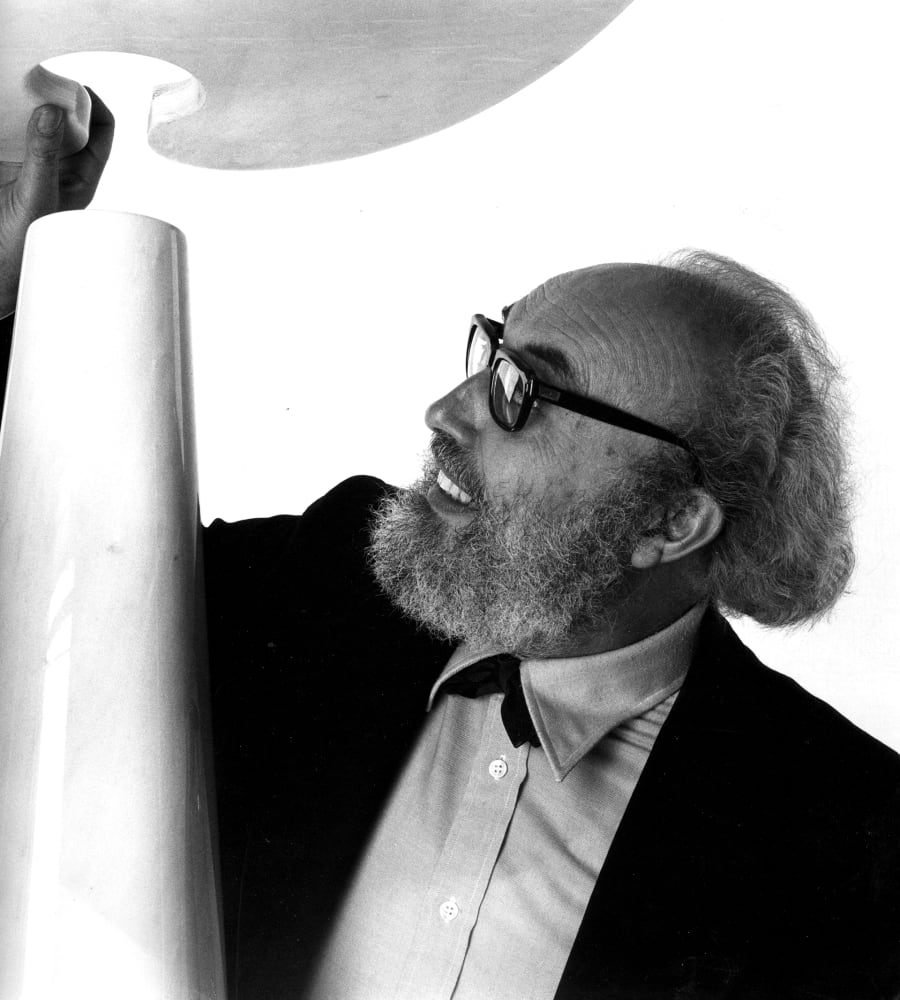
The Eros project could be considered the second stage of the thirty year long research that, in a certain way, started with the M tables. With Eros, the gravity joint already featured in M, becomes explicit and visible.
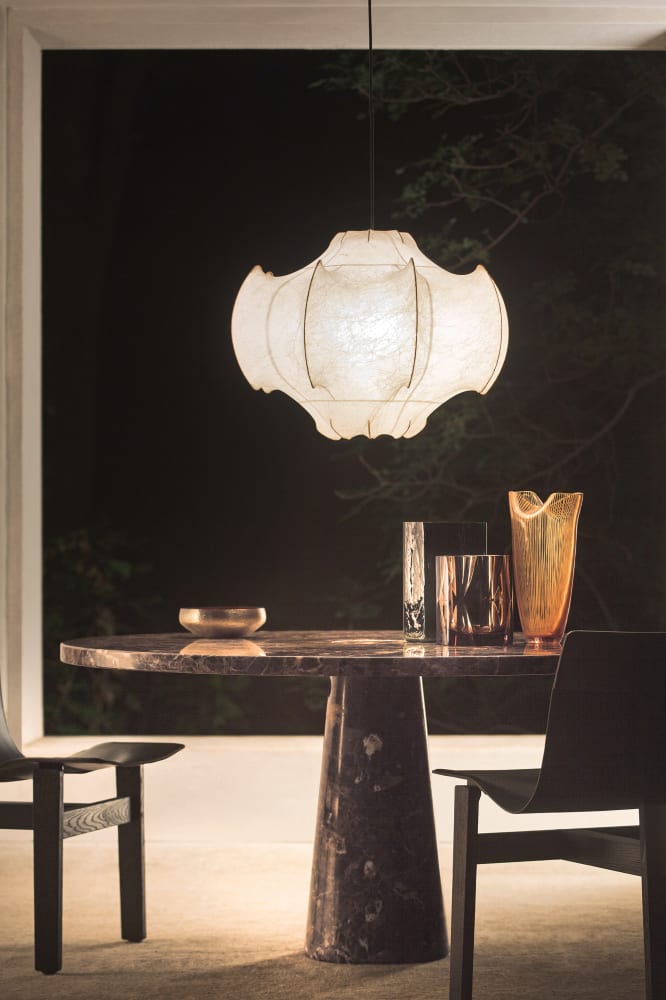
The configuration of this erotic (hence the name) male-female joint (to quote Angelo Mangiarotti’s own words: “giunto maschio-femmina che per fortuna funziona ancora” - a male-female joint that luckily still works), is dictated by the characteristics of the material itself and at the same poses some requirements to the material itself. Eros “needs” the weight offered by marble, the Master’s favourite matter, to ensure its stability. The truncated-cone legs’ geometry is the best possible to guarantee proper weight distribution.
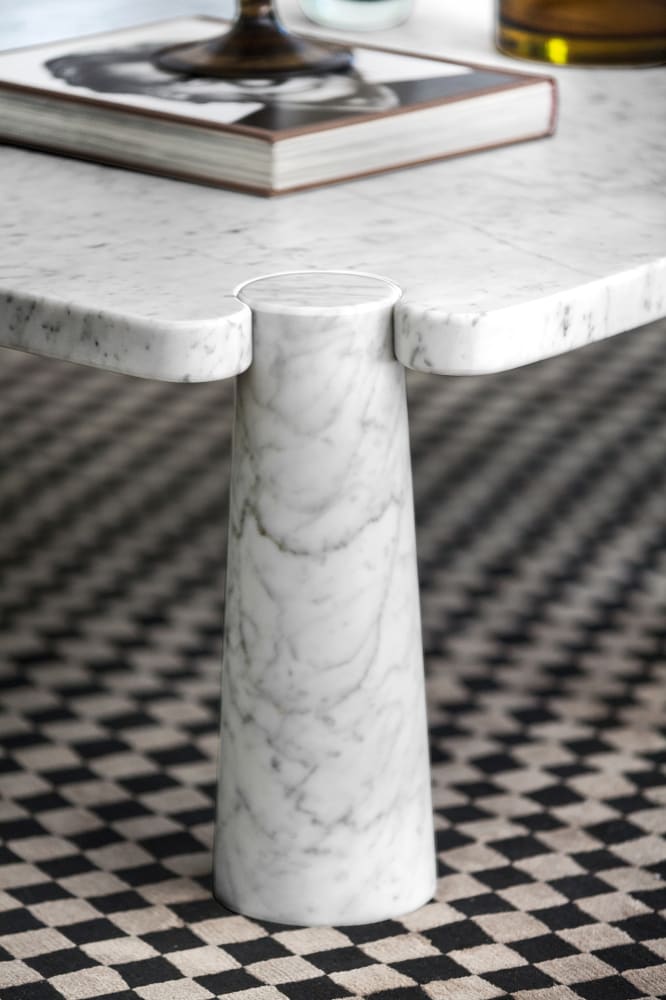
In the Eros family elements there are two kinds of eyelets used for the joint: closed and open. This last one hints to some further interesting details unveiling the absolut rigour of Angelo Mangiarotti's project methodology. Used when the legs are positioned near the edges of the horizontal surface, the open eyelet’s shape is derived from a very specific manufacturing need. Working structurally so close to the edge of the top the fracturing of the marble during installation became more than a concrete possibility. The “weak” and structurally irrelevant, not load bearing part of the top was therefore removed during production resulting in one of the most sensual details in post-war furniture design.
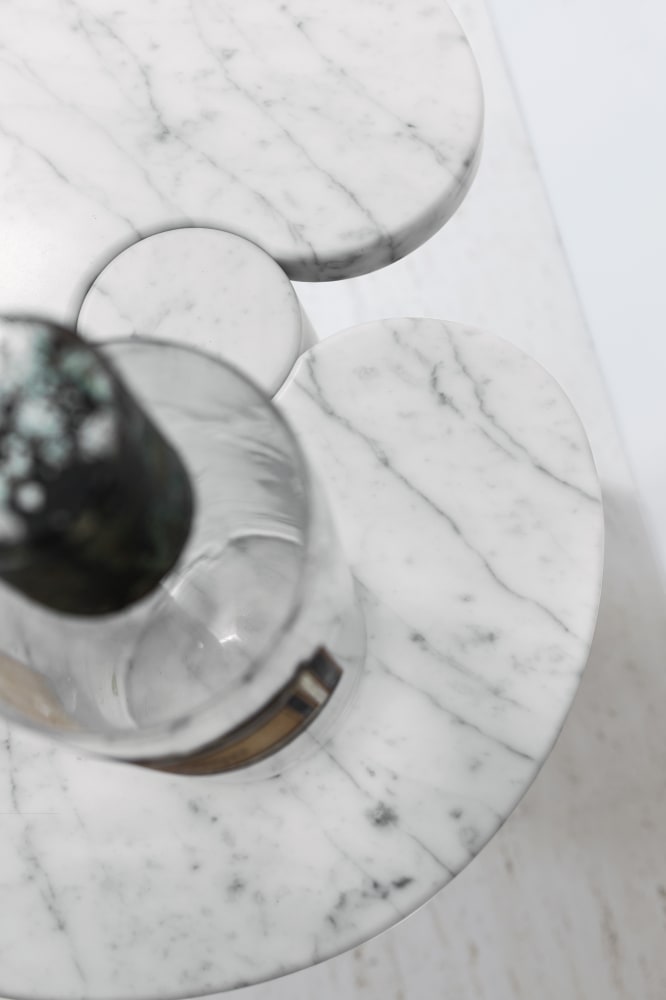
The kind of synthesis exhibited by the design of Eros, could not happen without years of work and structural research, once again stemming from Mangiarotti’s architectural practice. One of the most notable examples is the IRI pavilion in Genova from 1963 with its non-pushing arc structure.

Or the Elmag warehouse in Lissone from 1964 with its trilithic system.

In Eros, especially in the closed eyelets, when the legs are positioned close to the axis of the top, the whole perimeter of the joint is working structurally. This detail will become more relevant when confronted with the later stages of Angelo Mangiarott’s research into gravity joints like in the Incas, Asolo and More projects.

Underlying the democratic detachment of the designer from the final form of the end-result, Eros has been conceived as a system where some simple rules that allow for a huge number of “fertile” combinations whose exact definition is up to the end-client, making it quite explicit that principle of “form follows function” is far from being the whole story for Mangiarotti.


